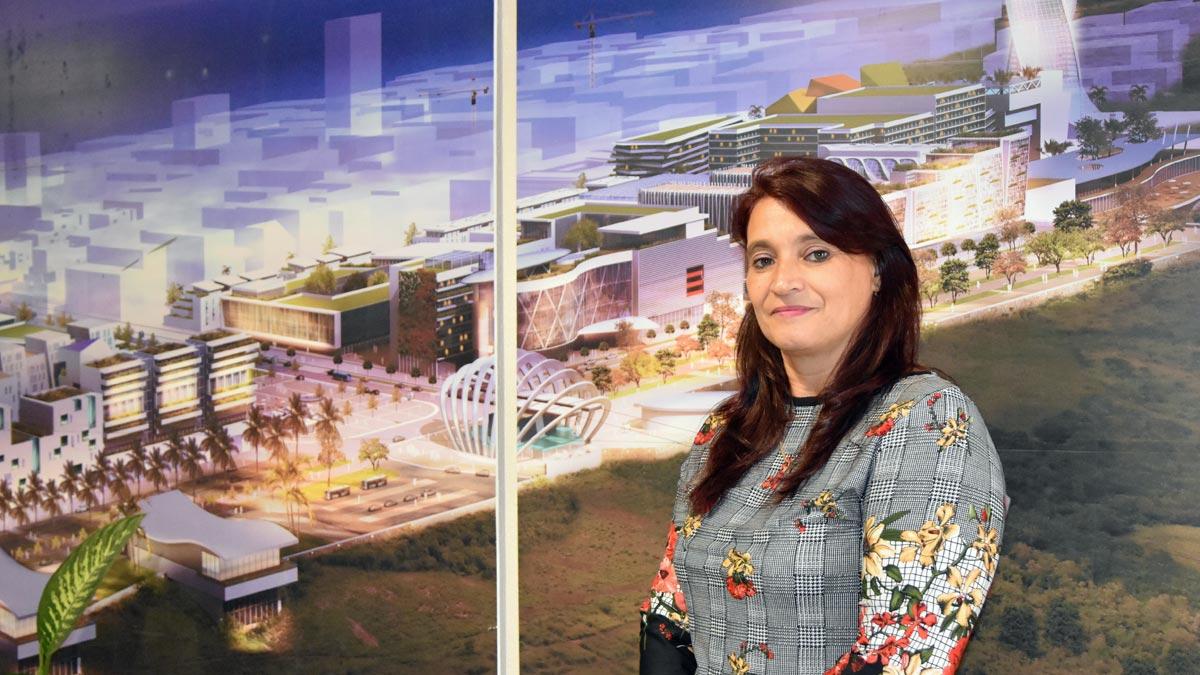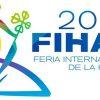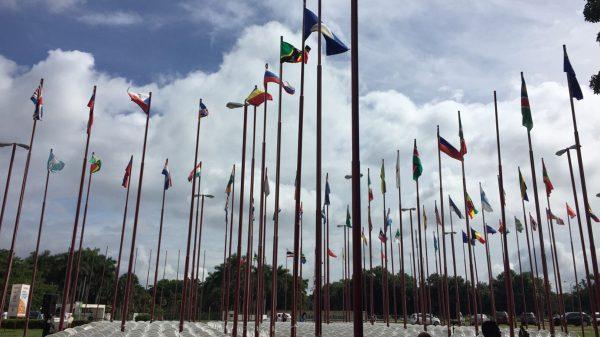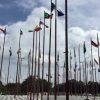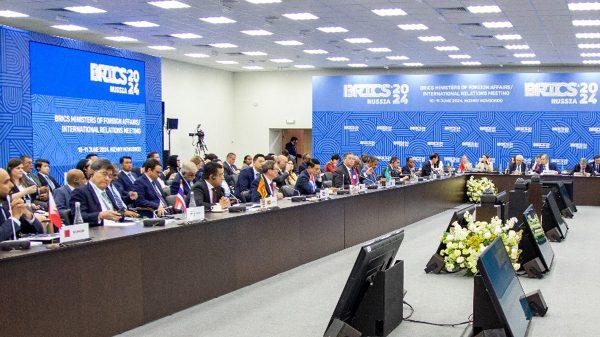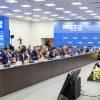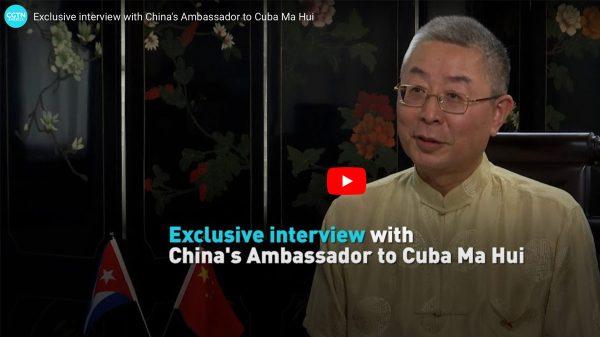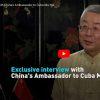While I was in Havana this year, I interviewed six incredible women. These women are brilliant, educated, and at the pinnacle of their careers. What these women share in common is an overwhelming enthusiasm for and belief in the immensely challenging projects they oversee. Ana Teresa Igarza, the General Director of the Mariel Special Development Zone, is one of these brilliant women.
I first visited the Mariel Special Development Zone in 2016. In those early days, there was not much to be seen. This year, I returned several times for a tour and a couple of interviews. What amazed me was the amount of building and development that had taken place.
This is an excerpt from the interview; the full conversation will appear in the upcoming book, “The Cuba Interviews: Conversations on Foreign Investment and Economic Development.”
The interview was held in a meeting room at the Pelican Business Center within the Zone.
Our conversation covered Cuba’s earlier experiences with the now-defunct free trade zones, preliminary studies carried out before the ZED Mariel was established, the main objectives of investment attraction, how the project is in-line with economic development, the One-Stop Shop, an online system designed specifically for investors into the Zone. We also discussed employment growth, wages, housing, and how wages compare to other development/industrial zones in the region.
We also spoke about the remarkable progress achieved since opening day in 2014. During the early days of the Zone, the daunting challenge for the staff was how to promote investment to the early investors before the area was even surveyed or urbanized. Today, those original investors have reinvested, expanding their facilities and production. This confirms the undeniable success of Zed Mariel.
If “location-location” is everything to a business, then this Zone has it; the ZED Mariel is in what we can only describe as the best location in the geographical center of the Caribbean/Latin American region.
Ana Teresa Igarza Martínez has a background in the law profession. She holds a Law Degree, a Gold Degree and a Diploma in Public Administration. She has been practicing law for 17 years, working in the Courts as a professional judge and later as a legal advisor in corporate activity. Since March 2018, Ms. Igarza is Deputy to the National Assembly of People’s Power for Bauta municipality, Artemisa province.
Hernández: Decree-Law 165 of 1995 established four export processing zones (EPZs), built to attract manufacturing, job creation and boost exports. In 2004, I understand they were renamed as development zones. And then they were closed. It was reported that the reasons for the closure of EPZs were based on two factors: the cost of labor compared to similar markets nearby), the lack of free trade agreements, and, specifically, the closed U.S. market. Economist Richard Feinberg called them a “failed experiment.”
In 2013, Decree Law 313 established the Mariel Special Development Zone, which was inaugurated in January 2014. From what I have seen now by visiting ZED Mariel twice this month, there has been incredible development. Would you say that ZED Mariel is on the road to success?
Ana Teresa Igarza: Special development zones are an experience that did not begin in the 21st century. The first experience of a special zone was in Ireland, near Shannon airport in 1959 with a cluster for vehicle production. Later, Europe and Asia adopted this model and developed their own according to the conditions of the areas where they were to be established. But they all had four elements in common, the development of infrastructure, the approval of the regulatory framework, a development approach based on these development activities, and the fourth element, government support for these areas to be able to implement special policies and regimes.
It is precisely these four elements that we use to develop the concept of the Mariel Special Development Zone.
In order to define the Mariel Special Development Zone, we also took into account the analysis of the experience of the defunct free trade zones to which you referred, created in compliance with Decree 165.
As you mentioned, Feinberg is right when he says they failed; our assessment is that the experience of those four FTZs was dysfunctional.
That is why, in 2011, when the Party Congress approved the guidelines for updating the Cuban model of economic and social development of the Revolution, among them was one that referred to developing special development zones in the country. From that moment on, we set ourselves the task of studying the international experiences of successful economic zones.
In 2013, two years after studying international experiences, various international regulatory frameworks of these development zones, as well as talking with the managers of the previous free trade zones in Cuba, we came up with the concept of Mariel Special Development Zone.
In these almost nine years since the creation of the Mariel Special Development Zone, we have implemented a regulatory framework that was adopted and which clearly established that the main objective was to attract investments that create value-added goods and services, using innovation and knowledge, as well as clean technologies.
All of these attributes of the Mariel Special Development Zone are related to the national interests of import substitution, export promotion and job creation.
Normally in the world, what they do is develop the infrastructure in parallel with the drafting of the legislation for the regulatory framework and, once those elements are completed, then they launch the zone and start attracting investment. We, in our case, adopted the legal framework and then, in parallel, developed the infrastructure and attracted investment.
The Mariel Special Development Zone was inaugurated on November 1, 2013. The first infrastructure was the Container Terminal, which was officially inaugurated on January 27, 2014. It was the first and only infrastructure existing at that time in the Zone.
That was one of the main challenges we had to face at that time: how to attract an investor to establish a company in an area that will be urbanized in the future but is not yet urbanized. That was the main challenge to develop infrastructure and, at the same time, attract foreign investment. We were defining priorities by economic sectors in this work of attracting investment.
Then, in the process of attracting investments we needed to do it in an orderly manner so that in the future they would have a structure within the Zone and not improvise by attracting any type of investment and establishing companies here and there, which would then generate an impact in the future. So, we had to structure the development of infrastructure, plan each area and draw up a strategy for attracting it.
At that time, we only had as infrastructure the container terminal and a very, very basic infrastructure around it. With that, we took on the task of hiring a company to make the master plan of this first area to be urbanized, which is sector A, as well as to hire a consulting firm to make a market study of the area.
This is an excerpt from the interview; the full conversation will appear in the upcoming book, “The Cuba Interviews: Conversations on Foreign Investment and Economic Development.”
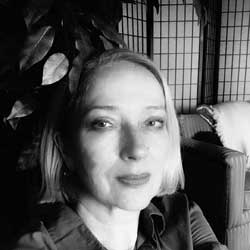
T.K. Hernández is co-founder and editor at Cuba Business Report. Her work has been published in various online news media publications. Hernández has supported fundraising for Cuba’s last two hurricane disaster relief campaigns and is a member of the Canadian Network on Cuba. She is also a member of The Writers Union of Canada, and ACES International Alliance of Editors. Ms. Hernández is the author of three books, most recently, “The Cuba Interviews: Conversations on Foreign Investment and Economic Development,” (Palgrave Macmillan, 2023).






